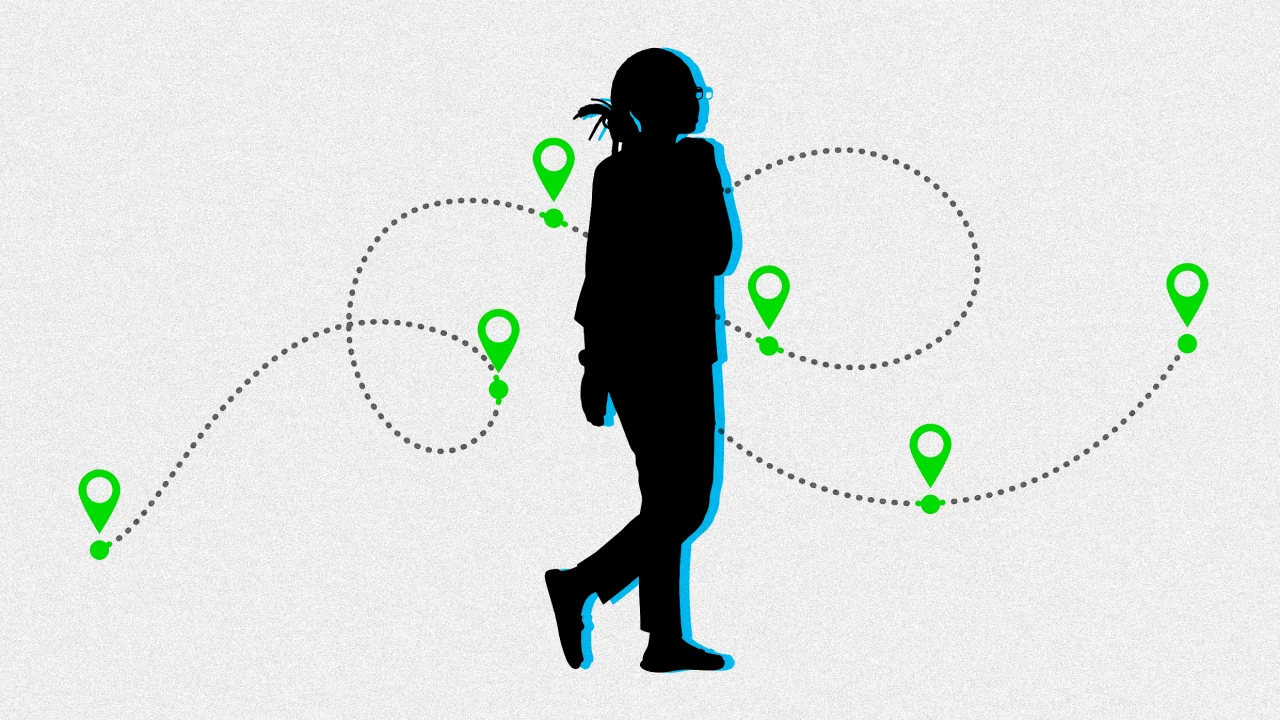It’s time to embrace the career pivot
Contributor Judith Humphrey has had a number of jobs over the course of her professional life. After studying music in school, she taught English in Toronto before pivoting to the business world. There she crafted speeches for executives—first at major companies, and later at her own leadership communications firm. “My career was never a straight line,” she wrote for Fast Company recently. “What guided me was a willingness to quit jobs where I didn’t think I would succeed, where the people I worked with were not supportive, or where I felt there was a poor fit between my talents and ambitions and my current role.”Whatever your motivation for switching jobs, if you’re considering making the leap, it’s important to lay your groundwork carefully. Research the new role you’re considering, whether that involves reading industry blogs or newsletters, having informational coffees, or registering for a relevant course or microcredential. As you narrow in on your goal, another important step to take is to broadcast the pivot publicly and explain the logic behind your move. “Review your social media and other communications to make clear there is a good fit between your past assignments and future roles,” writes Humphrey in her guide to successfully changing your career. “Show how they all fit together and give you a dynamic profile that engages others.” As you make the shift, make sure to check in about how you’re feeling, writes contributor Joseph Liu. “As is the case with any emotional major life event, the key is not to try and deny what you’re feeling,” he writes. “Walking away from corporate perks and benefits can feel unsettling. Leaving behind a fancy job title can even feel embarrassing. Letting go of a stable income can feel risky. Accepting these emotions as part of the journey is the first step toward managing them.”

Contributor Judith Humphrey has had a number of jobs over the course of her professional life. After studying music in school, she taught English in Toronto before pivoting to the business world. There she crafted speeches for executives—first at major companies, and later at her own leadership communications firm.
“My career was never a straight line,” she wrote for Fast Company recently. “What guided me was a willingness to quit jobs where I didn’t think I would succeed, where the people I worked with were not supportive, or where I felt there was a poor fit between my talents and ambitions and my current role.”
Whatever your motivation for switching jobs, if you’re considering making the leap, it’s important to lay your groundwork carefully. Research the new role you’re considering, whether that involves reading industry blogs or newsletters, having informational coffees, or registering for a relevant course or microcredential.
As you narrow in on your goal, another important step to take is to broadcast the pivot publicly and explain the logic behind your move. “Review your social media and other communications to make clear there is a good fit between your past assignments and future roles,” writes Humphrey in her guide to successfully changing your career. “Show how they all fit together and give you a dynamic profile that engages others.”
As you make the shift, make sure to check in about how you’re feeling, writes contributor Joseph Liu. “As is the case with any emotional major life event, the key is not to try and deny what you’re feeling,” he writes. “Walking away from corporate perks and benefits can feel unsettling. Leaving behind a fancy job title can even feel embarrassing. Letting go of a stable income can feel risky. Accepting these emotions as part of the journey is the first step toward managing them.”






















